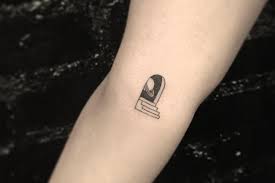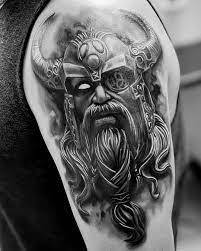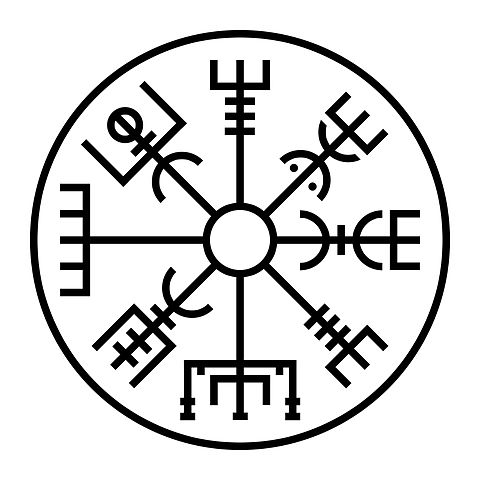
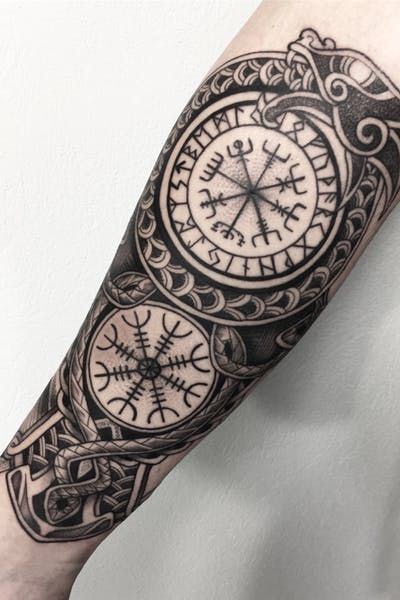
With popular gods such as Thor and TV shows such as Vikings depicted on Tattoos of ancient Norse symbols like Thor’s, many people are inspired to get tattoos of Norse characters. It is essential that individuals fully comprehend these old signs before getting tattooed, as it could lead to cultural misappropriation and cultural misrepresentation. These mythological symbols symbolize power, grandeur, and majesty while signifying strength to overcome enemies or obstacles.
Thor’s Hammer
Though most people recognize Thor as only an image from Marvel Comics, his iconic weapon, Mjolnir, is rich with significance that dates back millennia. Not simply used as a weapon against giants but as an emblem for protection between both Gods and humans from them, its importance cannot be overstated. Thor’s hammer was so revered among Vikings that miniature versions were carried as amulets and placed on gravestones as protective charms, even after Christianity had spread across their land. Such symbols helped keep the Norse faith alive even after Christianity took hold, and many Vikings kept practicing it through these symbols. As such, modern Tattoos of Mjolnir represent strength, protection, and perseverance – along with a promise to safeguard oneself and others from harm. Modern pagan and heathen culture often celebrates this symbol by declaring their devotion to Thor and other Norse gods represented in them; some far-right groups have also misappropriated it to promote Nordic supremacy, which is unfortunate. Understanding its history before using any symbol is also crucial.
Fenrir
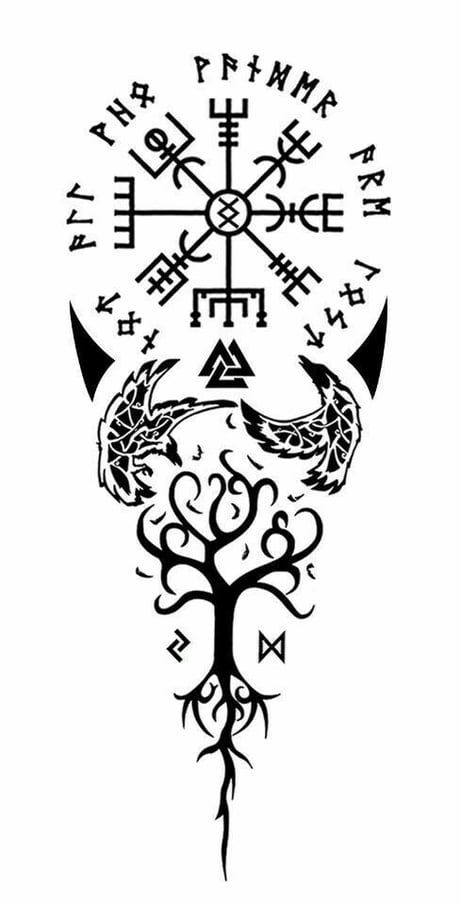
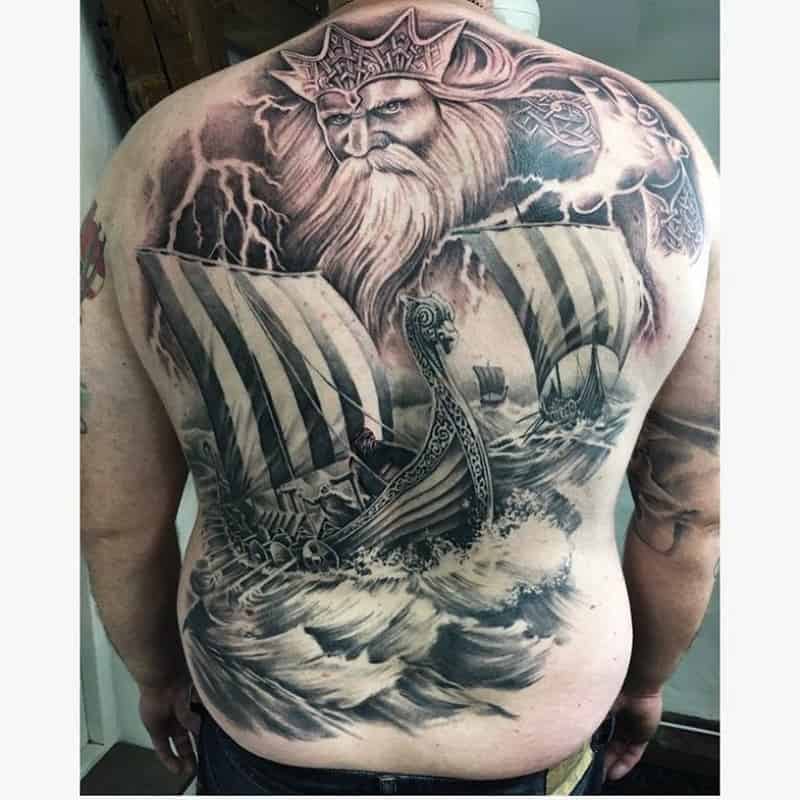
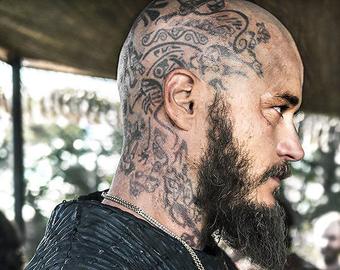
Fenrir, commonly referred to by his Norse name of Fenrisulfr, is an enormous wolf in Norse mythology, born of Loki’s mischief and Angerboda (a giantess). Over time, he grows in power until he becomes too powerful for the Aesir gods to control, forcing them to use an alchemical chain called Gleipnir to arrest him. Fenrir initially suspects this is some trickery but eventually agrees after Tyr puts his hand into Fenrir’s mouth as an act of trust between them. The wolf has been bound until Ragnarok, the battle that will kill all of Asgard’s gods, where it will escape to kill Odin before being buried alive along with Skoll and Hati – this self-fulfilling prophecy came true because of how Asgard treated Fenrir; instead, they should have allowed him to live as a free creature without interference.
Yggdrasil
Yggdrasil is one of the most iconic symbols in Norse culture, symbolizing strength and connection to your roots. A tattoo featuring this design can be an elegant way to honor one’s Norse heritage in a striking design – making it ideal for couples wanting matching tattoos! This Yggdrasil tattoo is an impressive example of how beautiful and simplistic Tattoos can look on the shoulder. The branches and roots form an eye-catching circular design, with three birds adding depth and dimension. This Yggdrasil tattoo is more intricate than others in its category, featuring multiple Viking runes. Additionally, its use of negative space draws the eye upward toward its complex lines in the upper portion. Perfect for showing one’s appreciation for the Norse tradition of nine worlds!
Helm of Awe
The Helm of Awe (AEgishjalmur) was long believed to be an auspicious symbol of protection, thought to ward off all harm while inspiring courage and bravery in battle. Fafnir, one of Fafnir’s treasures in Sigurd and the Sword of Fire legend, held onto this helmet as one of his treasures. Helm of Awe Tattoos often form a circular symbol representing protection radiating from its center, similar to the Viking compass symbol Vegvisir or Buddhism’s Dharma Wheel. No matter its interpretation, Helm of Awe Tattoos make great choices for anyone wanting a Viking-themed tattoo representing spiritual protection; its eye-catching design also looks great on both men and women who practice the Asatru religion.
